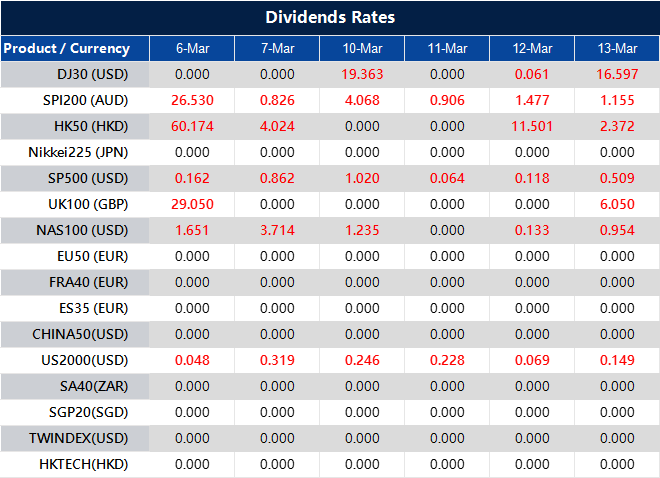Atsushi Mimura serves as Japan’s vice finance minister for international affairs, recognised as the ‘top currency diplomat’. The finance ministry oversees interventions in the Japanese yen (JPY) and Mimura would lead actions from the Bank of Japan if necessary.
He noted an uptick in protectionism, including tariffs, and stressed the importance of finding a balanced approach to tackle the downsides of globalisation without resorting to protectionist measures.
Growing Market Frictions
Mimura’s remarks underline a growing friction between global markets and national policies. Trade barriers, such as tariffs, create ripple effects that push investors to rethink their positions. The tension between economic integration and domestic priorities has nudged authorities into a more active stance, particularly concerning exchange rates.
Japan’s Ministry of Finance holds direct authority over FX interventions, meaning any major decision on the yen’s valuation would pass through Mimura’s hands. Currency traders have already been on high alert, monitoring any unusual movements that might hint at an official response. These interventions, if triggered, tend to result in sharp movements due to the size and speed of government actions. Such conditions present both risks and opportunities, especially for those paying attention to early signals.
Tariffs and other restrictions can indirectly influence foreign exchange markets by altering trade flows and supply chains. This can lead to shifts in capital allocation, creating changes in demand across asset classes. If businesses face higher costs due to new import taxes, inflation expectations may shift accordingly. Traders watching inflation differentials and interest rate projections would do well to factor these developments into their assessments.
Mimura’s emphasis on balance suggests a measured approach rather than an abrupt policy shift. Authorities have shown a preference for verbal warnings as an initial strategy, with direct intervention reserved for moments when market movements become disorderly. Past instances of yen-buying suggest that action generally follows prolonged, one-directional trends rather than short-term volatility.
Global Policy Implications
For those tracking these developments, attention should not be limited to Japan alone. Broader shifts in trade policy, especially in economies with deep links to Asian markets, could add further weight to future currency movements. Markets have already been whipsawed by abrupt changes in policy direction from major economies, making it increasingly necessary to stay ahead of official communications.
Each statement from policymakers carries meaning, especially when it comes from those with direct oversight of national currency stability. Reading between the lines of Mimura’s comments, it becomes apparent that patience is being exercised—for now. If shifts in trade and capital flows accelerate, responses may become more forceful. In the meantime, expectations will continue adjusting, influencing how capital moves in both the FX and broader financial markets.
Create your live VT Markets account and start trading now.











